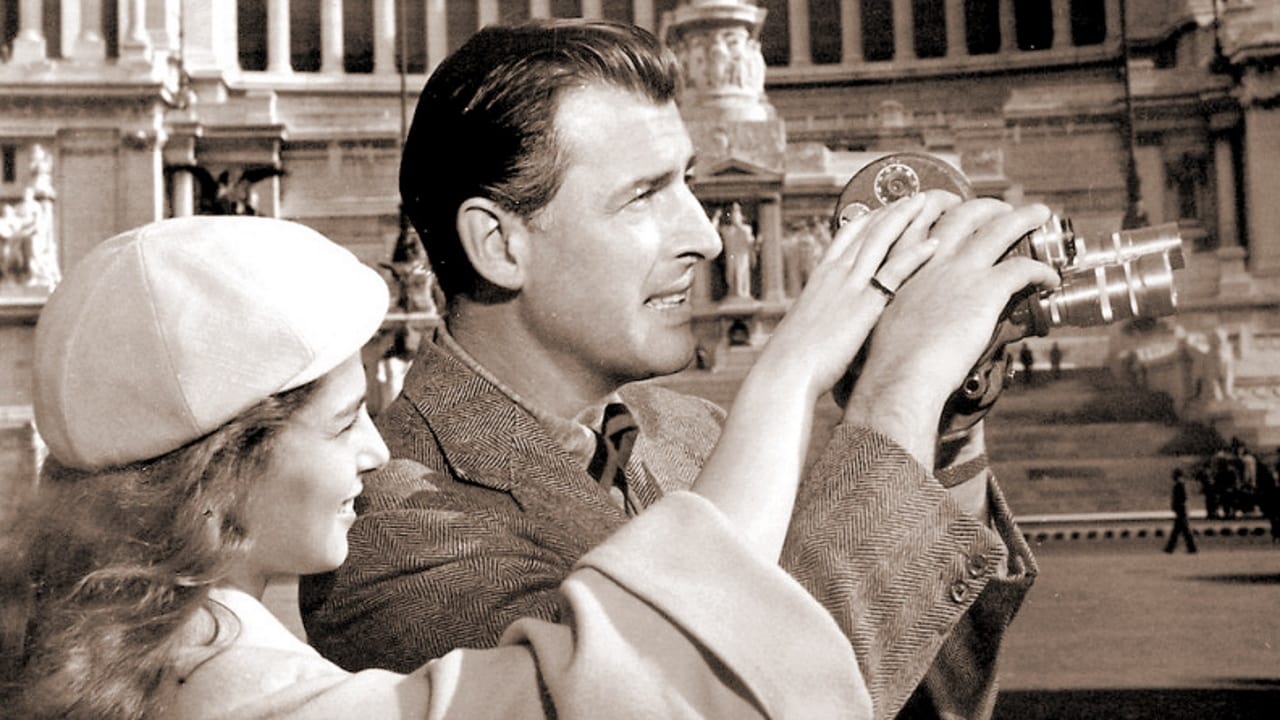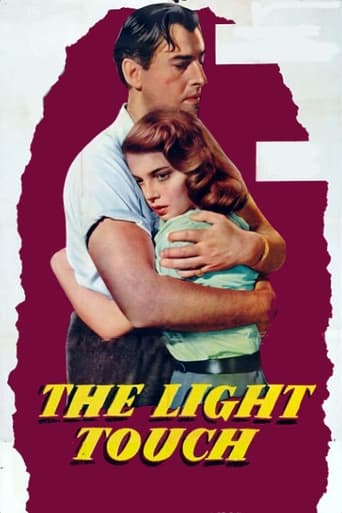

Title of the Light Touch is surely an indication of a charming tale of a thief who has no scruples and lures a young naive girl into a web of deceit. Pier Angelli is very good here, as the young artist taken in by an older, wiser, and unscrupulous Stewart Granger. She is totally in love with him and goes along with the art forgery plan. I like this movie, it is as said, light. Granger is suave and manipulative and of course George Sanders is just as charming as the dealer of stolen art. Some have said it does not take on the same chemistry as the Love in the Afternoon movie with Cooper and Hepburn, but I think it is just different. After all Cooper was a playboy seducing a young Audrey Hepburn. Here we have a man with a purpose who feels that the end justifies the means. Pier Angelli was sort of a sweet presence on the screen, probably because that is her in real life. Giving up James Dean destroyed her.
... View MoreWhy do people feel the need to outline the plot, bandy about cast and crew names like they are insiders, mouth trade lingo and generally attempt to ape professional critics they have read or heard?? We can read all that stuff on the credits and from the places they lifted it. We have search engines on our computers too. I understand that real person reviews are solicited here, maybe with some sharing of things learned about the film. But, how about referencing the source so others can evaluate it on that basis. I think people mostly come here to find out what a regular viewer thought of the film.On the film, I know it is not the best done by the actors. But I feel that when you like an actor, you like him/her in even a lesser movie. Enjoyed the combination of Granger and Sanders enough to want to watch and re-watch the movie just for that. To me, they have styles that are ever so delightful to watch in combo.
... View MoreIn his second directed film, Richard Brooks filmed his own screenplay and you kind of get the feeling he would like to have had Cary Grant as his lead as he did in his first film, Crisis. I'm betting this film had to have been offered to Grant.Failing to get Grant, MGM had its leads under contract in Stewart Granger and Pier Angeli. They did a reasonably good job in a caper film where the thief turns out to have a conscience.Granger contracts to steal a valuable religious painting from a church in Palermo and makes good his escape to Tunis. Where instead of delivering it to fence George Sanders, he uses the old Granger charm to make copies and see if he can collect a few times on this robbery. Since nobody knows quite what Granger's game is, they have to wait and see including the police inspector Joseph Calleia.The charm is used on young artist Pier Angeli and he even marries the girl. But she in the end has more effect on him than he on her.MGM brought Richard Brooks and the whole cast over to Sicily and to Tunis with interiors filmed in their Cinecitta studios in Rome. So after going through that expense, why didn't they opt for color, given some of the beautiful locations they were filming at? For Calleia and Angeli, this was a return home. For the rest of the cast it was a nice Mediterranean working vacation even though Brooks and Granger did not get along. I really do think Brooks must have seen this film for Cary Grant. It's not a bad film, it does drag in spots and color would have been of immense help. Still Granger is every bit as charming as Cary Grant.No matter what Richard Brooks thought.
... View MoreRichard Brooks wrote and directed this early example of the caper film. Stewart Granger plays a canny art thief who, with the help of an innocent Pier Angeli, tries to pawn off a reproduction to his client, Kurt Kaszner. The story is admittedly thin but there's some great repartee, especially amongst the troika of bad guys played by George Sanders, Norman Lloyd, and Mike Mazurki. And really, how can you go wrong with a threesome that sinister? Robert Surtees' cinematography is excellent and takes reasonable advantage of location work in Italy, Sicily, and Tunisia. All in all, its better than you might think (and certainly better than the other two reviews for the film indicate).
... View More